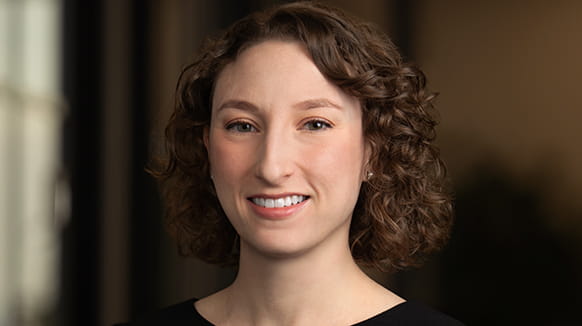The pharmaceutical industry faces multiple challenges when introducing new drugs to the market. Not only does the process sometimes take over a decade, over 90% of drugs fail before FDA approval. In addition, the average cost to bring a single drug to market is a staggering $3 billion. With “low hanging fruit” drugs already in the market, companies are now looking at complicated or rare diseases and finding it more difficult to discover the next blockbuster treatment.
Faced with these challenges, artificial intelligence (AI) has become a new arrow in the drug discovery quiver and has effectively transformed the pharmaceutical industry. AI, specifically machine learning and neural networks, has significantly decreased the cost and time for drug development.
What Are the Current Uses of AI?
Pharmaceutical companies have incorporated AI into various stages of drug development with resounding results. For example, at the initial stages, a company is faced with what appears to be an insurmountable challenge of identifying a target as well as designing possible molecules to test with the hope of bring about a therapeutic benefit without being cytotoxic. With the power of AI, companies can reduce this overwhelming challenge of searching among millions of candidate compounds for even a single target to a more manageable and testable set of candidate compounds numbering in the hundreds. Even if this set does not turn up a “winner,” AI can help evaluate the results for these molecules to fine-tune the next generation of candidate compounds.
In so doing, building blocks for different types of drugs and gene therapies can be identified. Ultimately, the goal of this AI-driven drug discovery process is to efficiently narrow the field of potential drug targets to find the needle in the proverbial haystack that can be taken to clinical trials and in so doing reduce the overall cost and time spent. AI is also being turned to for assistance in establishing suitable protocols for clinical trials, to identify patients to enroll in clinical trials, and to improve patient monitoring during the trials.
Excerpted from Pharmaceutical Online. To read the full article, click here.


